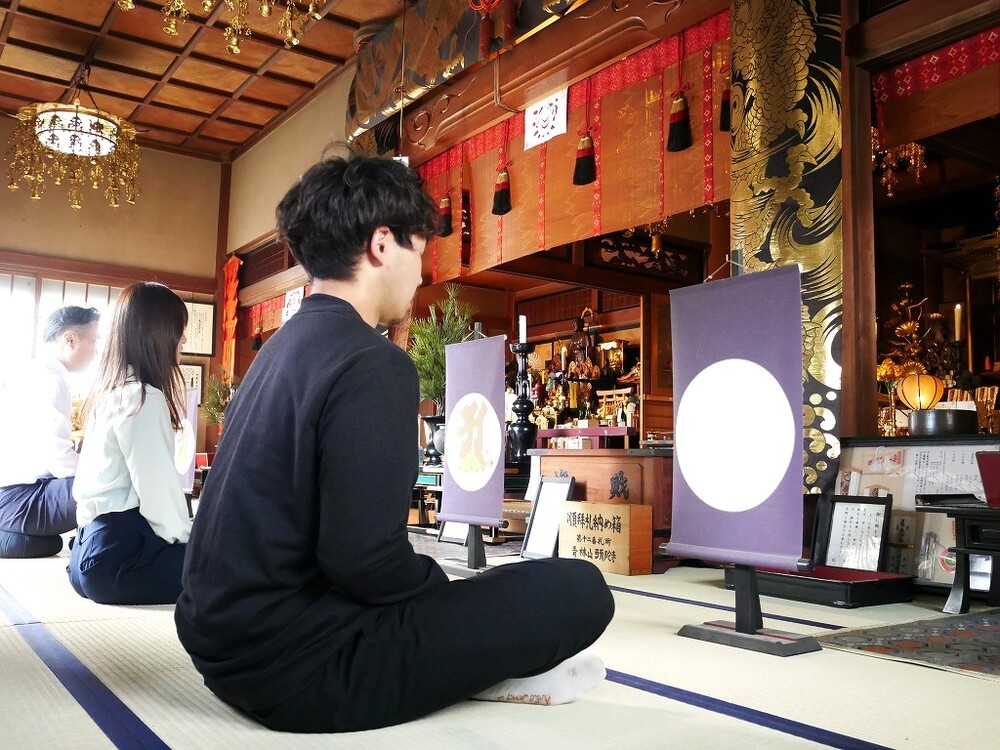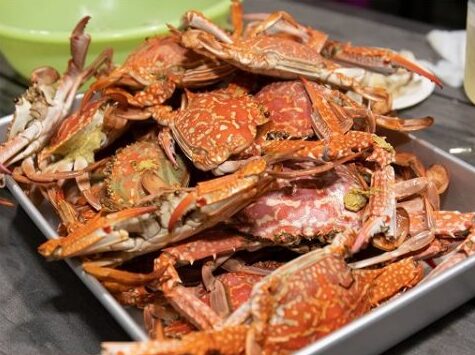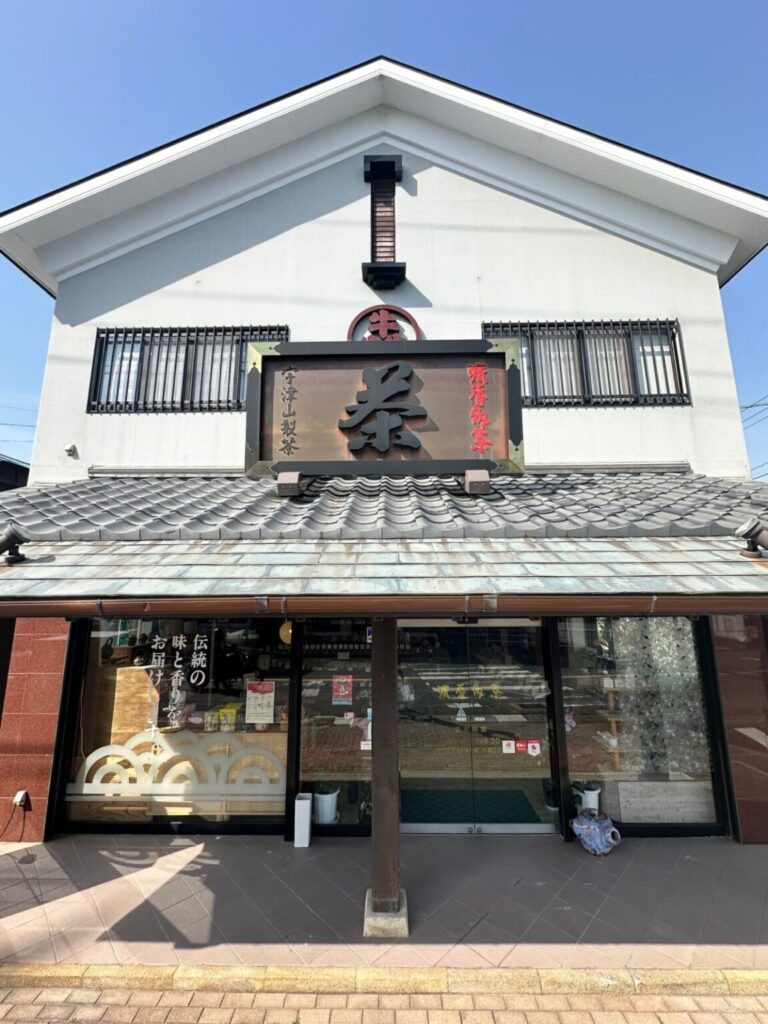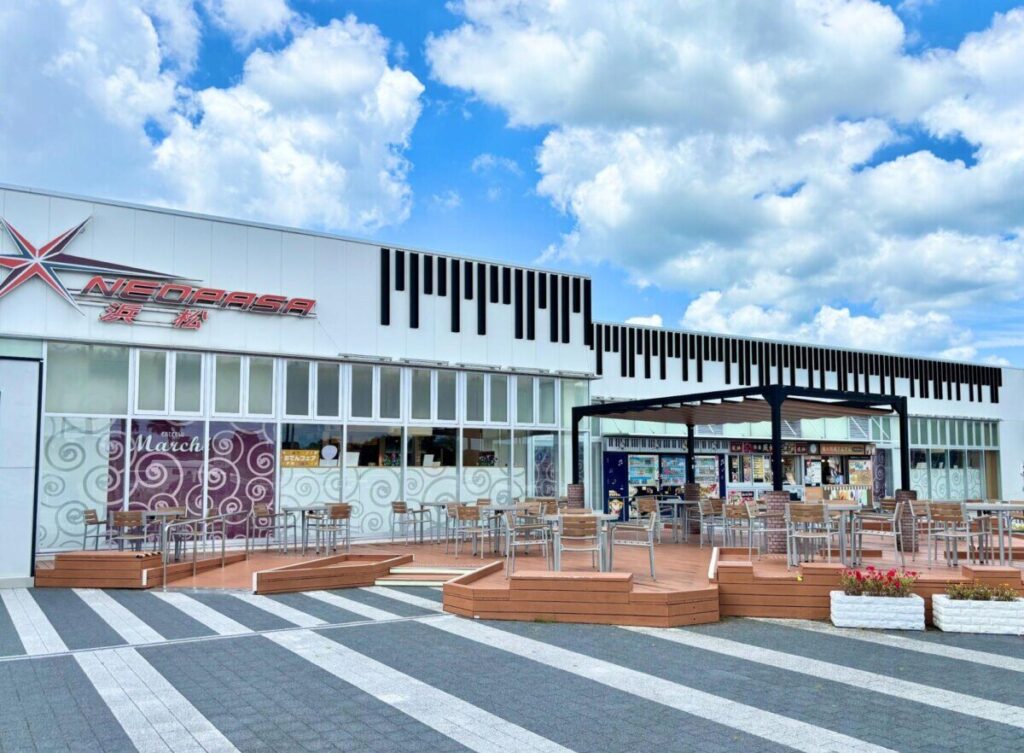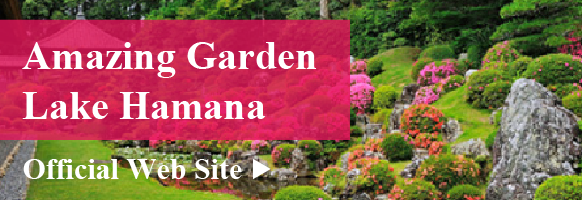Get to Know Hamamatsu
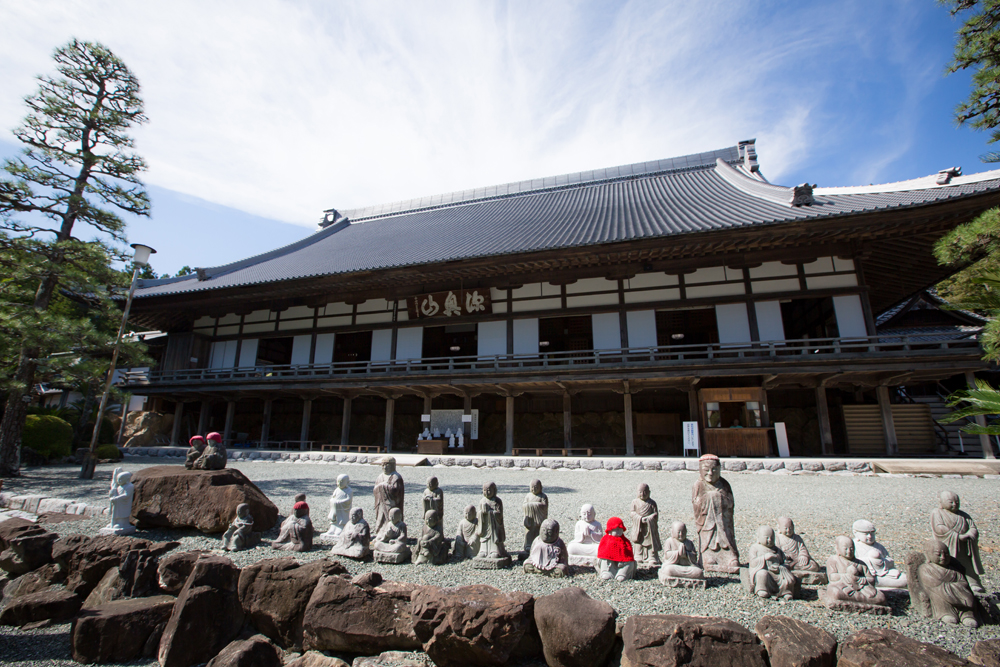
- Eat
- Watch
A Taste of “Shojin Unagi”: A Unique Culinary Journey at Lake Hamana
We visited Hōkōji Temple, tucked in the nature around Lake Hamana. Surrounded by quiet air and gentle rakan statues, we walked through the forest to the main hall…
Spending quiet time in the Okuyama, forest bathing to soothe your soul
On this day, Jenne and her friends visited Hokoji Temple. Hokoji, the head temple of the Hokoji school of the Rinzai sect, is a temple located in the midst of vast nature. As you walk from the Sanmon gate, you will see many Arhat statues standing in the forest as if watching over the worshipers. Feel the gentle expressions of the Arhats and the pleasant atmosphere as you head toward the main hall while enjoying a forest bath.
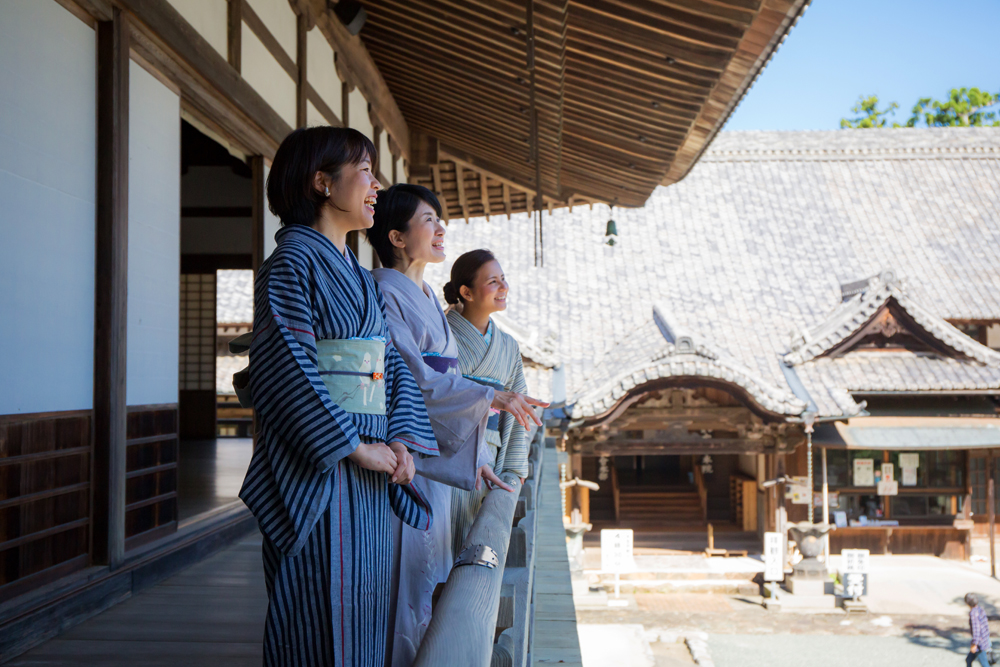
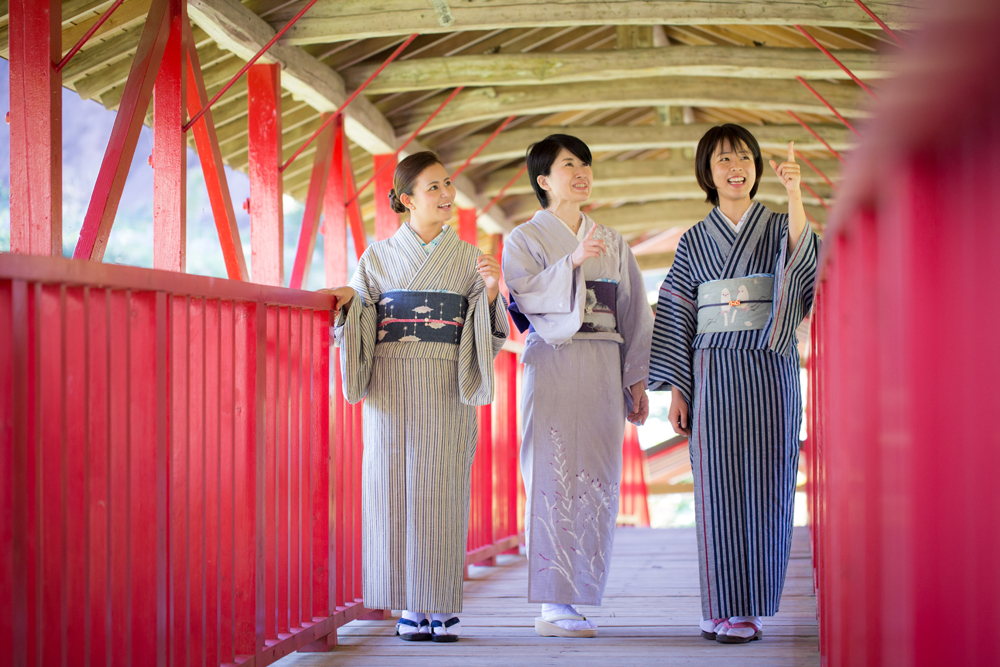
Stunning main hall and retro fortune-telling
Stunning main hall and retro fortune-paper(Omikuji)
First of all, I was surprised by the size of the main hall at the top of the slope. The Shaka Triad statue, which is a nationally important cultural property, stands in the main hall, and when you sit and put your hands together, your eyes will meet, and you will feel very calm when you see its splendor and beauty.
After greeting the Buddha, we headed to the Hansobo Shinden. There is a fortune-paper here that only those in the know know about. When I made a wish and put 100 yen into it, the karakuri doll inside began to move. I thought he spun around and went into the back door, but then he came back with a fortune-paper on a tray. I took the fortune-paper out of the slot and read it secretly, nervously. Apparently there were some good things written there.
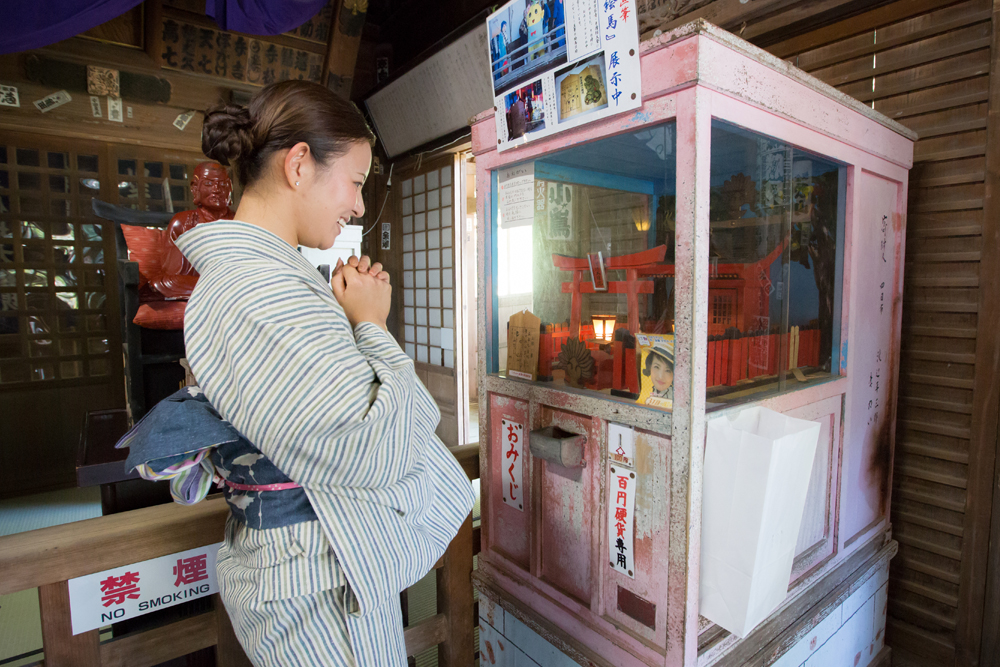
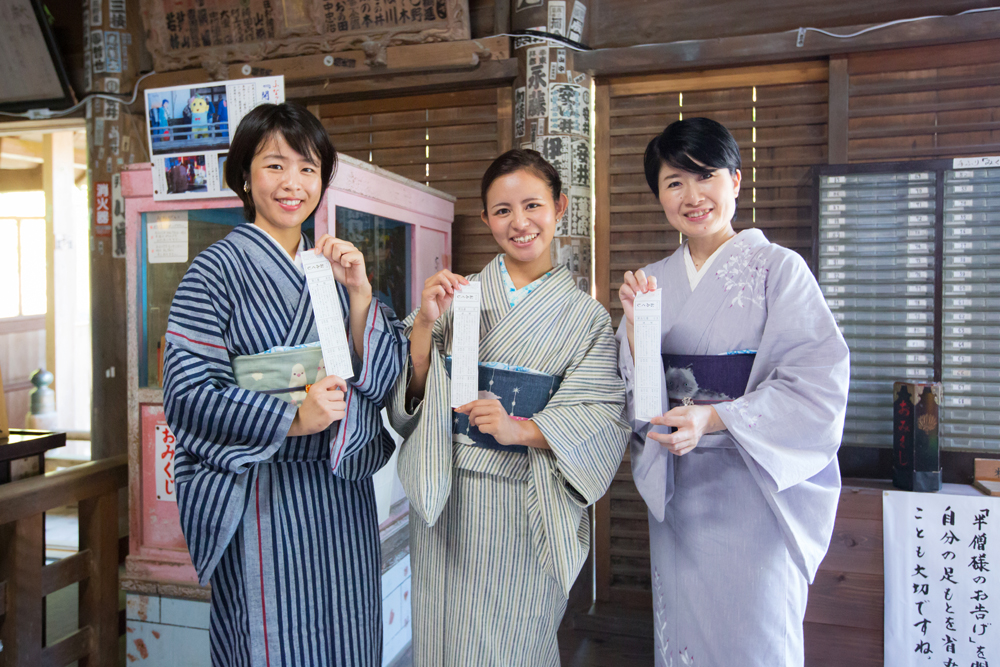
Like an eel bowl? ! Very delicious Buddhist eel cuisine!
After visiting the temple, we headed to a restaurant on the same premises to have our long-awaited lunch. Here at Hokoji Temple, you can eat eel in the Buddhist cuisine. In front of the table that has been brought to us, we read out the Gokan of Food together with the priest. “Itadakimasu!” When I opened the lid of the rice bowl, there was eel! ︎
From the aroma when you remove the lid to the moment you put your chopsticks into it, it’s like eel itself. Even if you put it in your mouth, it’s still eel. Seaweed replaces the skin, and lotus root, tofu, and Japanese yam give it the texture of eel. Shojin ryori has traditionally been made to resemble meat or fish. This is a very delicious eel imitation. Everyone finished eating. Thank you for the meal!
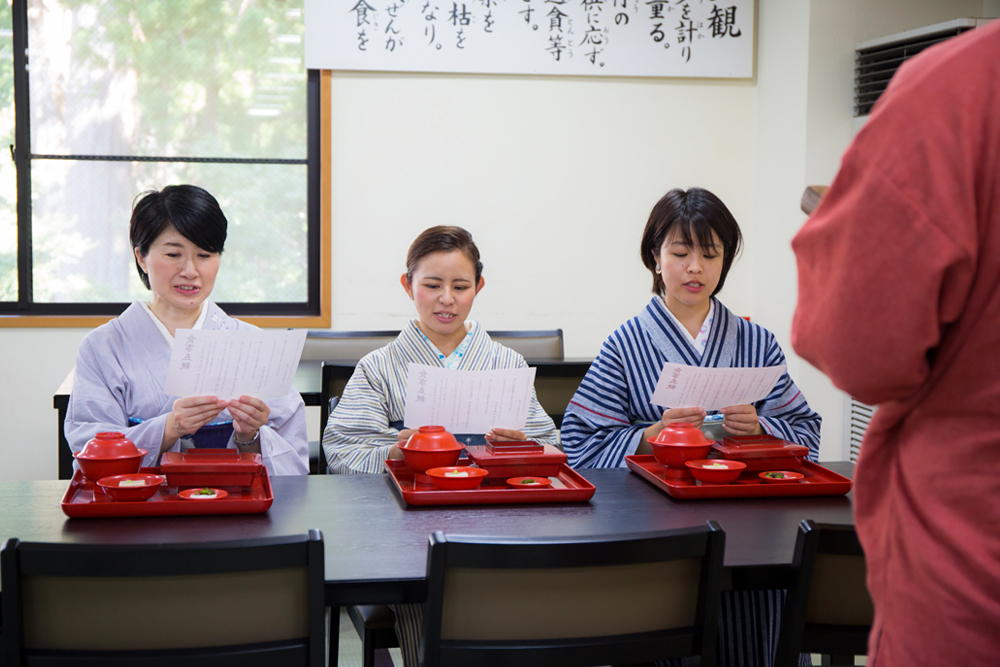
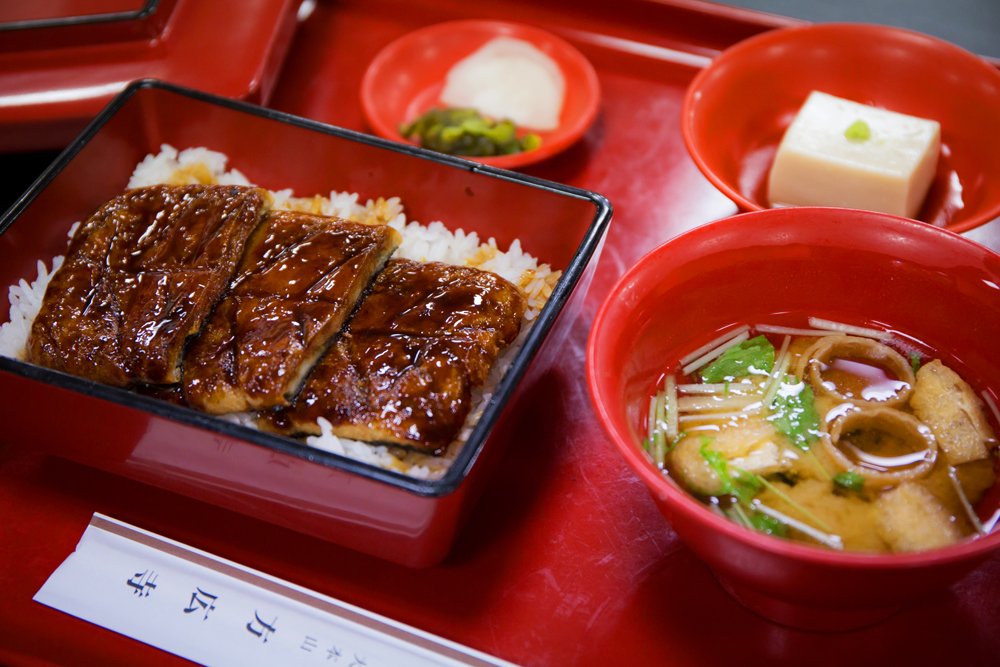
The Oku-Hamanako area is full of charm.
Anyone who looks out over the grounds from the highest three-storied pagoda will be amazed at the size of the grounds. The trees surrounding the temple change color as autumn deepens, and are illuminated during the autumn leaves season. No matter when you visit this temple, you are sure to receive a warm welcome and feel comforted.
After enjoying the temple, I recommend buying some “Ooanmaki” from Nozawa Seika on the street below the Sanmon Gate. You may be surprised at its size, but when you eat it, you will notice that the filling is light and has a good balance with the skin and a nice sweetness.
There are also five other temples at Lake Okuhamana, including Hokoji Temple. These are called the Kohoku Gozan and are designated as nationally designated important cultural properties. During the pleasant autumn months, why not take a trip to the Oku-Hamanako area to enjoy these shrines and temples, the famous miso manju, and the autumn leaves?
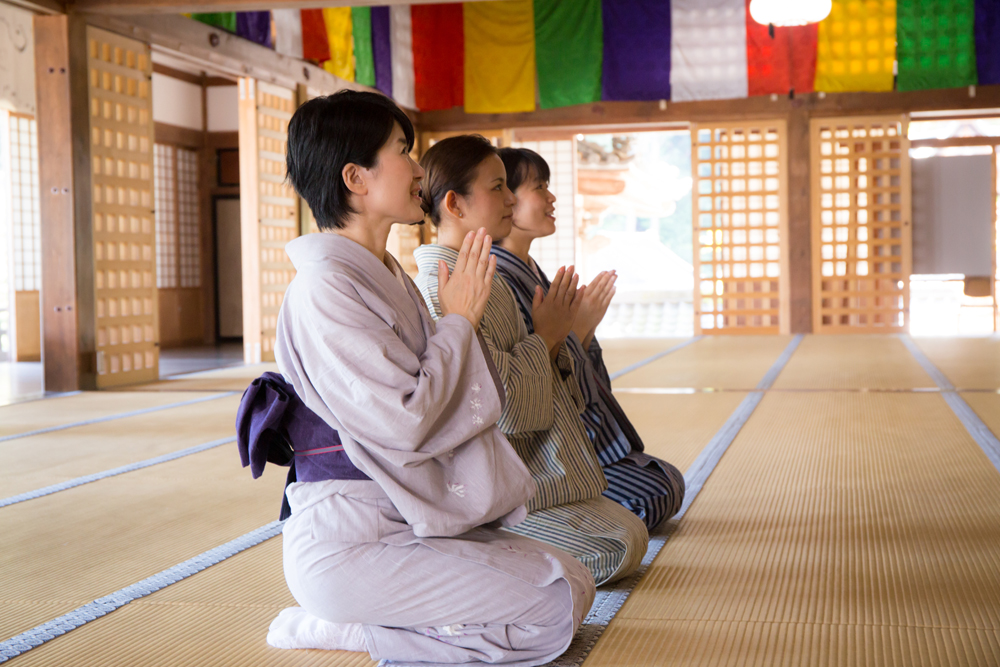
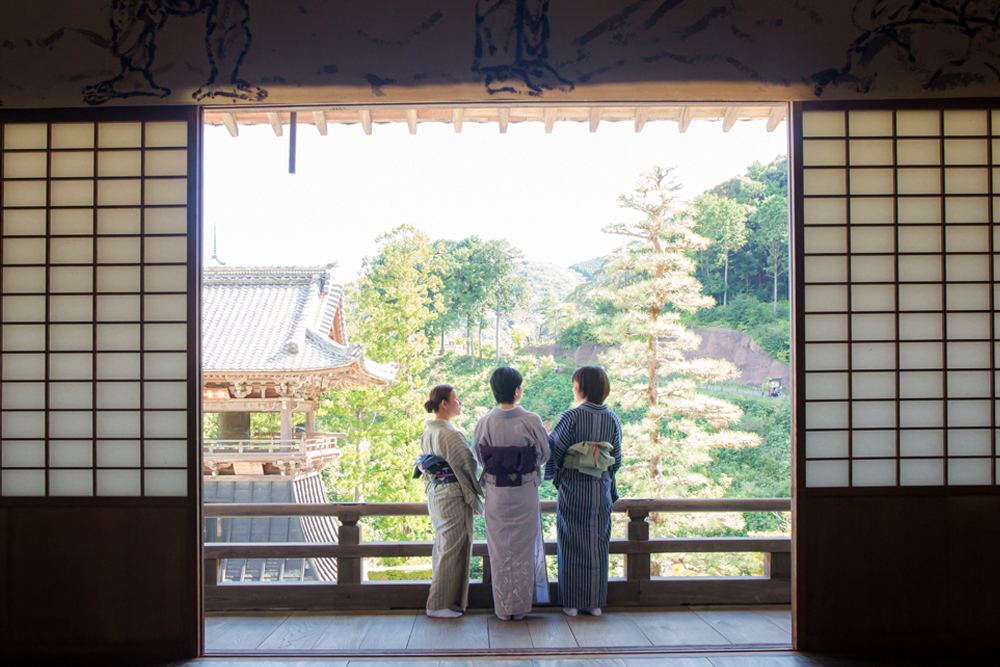
●[Limited dates] You can also experience the Zen temple overnight at Hokoji Temple ↓
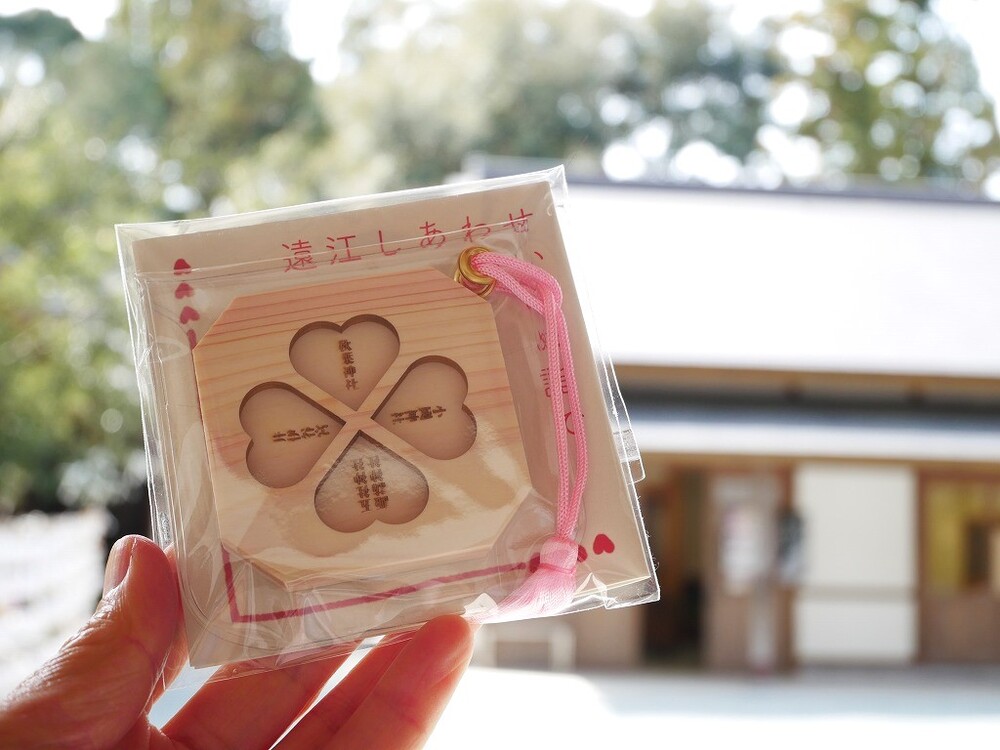
Visit 4 Shrines for Good Fortune! Complete the “Inome Omamori” Pilgrimage in Western Shizuoka
